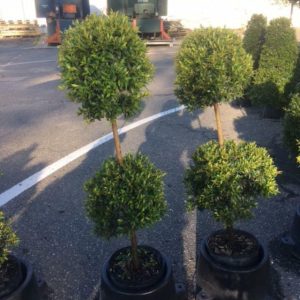Description
Rhodiola – Roseroot – Golden Root –
There are about 50 perennial, some which are dioecious, in the Crassulaceae family, in this genus. It is similar to Hylotelephium and the larger Sedum species. They are widely distributed in the Northern Hemisphere in sunny, rocky habitats. The plants have thick, fleshy rhizomes producing scaly brown basal leaves, and stiffly erect, unbranched or occasionally branched stems that carry alternate, triangular-ovate to lance shaped, often toothed, fleshy, gray green stem leaves. The small, star shaped, green, yellow, orange, or red flowers, with 8-10 prominent stamens, are borne in dense, rounded heads, and may be unisexual or bisexual. Rhodiolas are grown for their foliage and flowers, and are suitable for a rock garden, or the front of a mixed or herbaceous border.
Rhodiola are undemanding plants. Grow in moderately fertile soil that remains moist in summer but is not boggy in winter, in full sun.
Prone to aphids.
R. heterodonta – Sedum heterodontum – Sedum var. heterodontum – This erect , hairless, dioecious rhizomatous, clump forming perennial from Afghanistan, Pamir Mountains, the Western Himalayas, and Tibet grows 15″ tall and wide. From branching stems it carries thick, oval, toothed, grayish green leaves, to 1 1/4″ long, either smooth edged or with a few coarse teeth. In late spring to early summer, bears dense, flattish heads of numerous star shaped yellow to orange-red or greenish flowers, 1/8″ across, opening from rounded red buds. Male flowers have red or purple-red anthers that color the whole of flower heads, females have purple-tipped carpels
Zones 5-9




